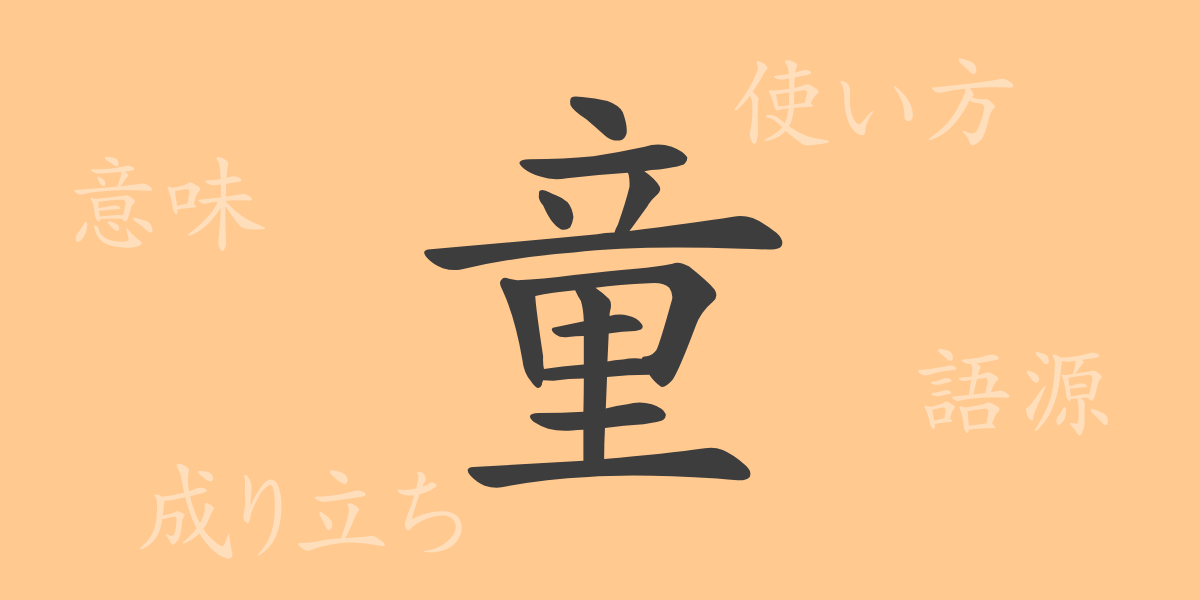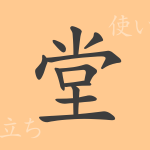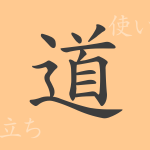Japanese culture and language are rich with history and meaning, one such example being the Kanji ‘童 (どう)’. More than just a part of everyday life, ‘童’ appears in various idioms, proverbs, and deeply ingrains itself in our living. This article delves into the allure of the Kanji ‘童’, unraveling everything from its origins to its contemporary usage, including phrases and idioms. As you read, imagine the innocent smiles of children, and let’s explore the world of ‘童’ together.
Origins of ‘童 (どう)’
The Kanji ‘童’ was originally used in ancient China to denote children or youth. It is formed from the radical ‘立 (りつ)’, meaning ‘stand’, and ‘里 (り)’, meaning ‘village’, depicting the stance of a young person. Over time, it evolved to specifically represent children or minors, a meaning that has persisted to the present day.
Meaning and Usage of ‘童 (どう)’
‘童’ primarily refers to ‘children’ or ‘youth’. It can also describe someone who is naive or pure-hearted. It appears both standalone and in combinations like ‘童話 (どうわ)’ for ‘fairy tale’ and ‘童謡 (どうよう)’ for ‘children’s song’, illustrating its versatility in usage.
Readings, Stroke Count, and Radical of ‘童 (どう)’
Here are the basic details of the Kanji ‘童’:
- Readings: On’yomi ‘ドウ’, Kun’yomi ‘わらべ’
- Stroke Count: 12
- Radical: ‘立 (たつへん)’
Phrases, Idioms, and Proverbs Using ‘童 (どう)’
‘童’ features in many idioms and proverbs, enriching Japanese expression:
- 童心に帰る (どうしんにかえる): To return to one’s childlike purity.
- 童顔 (どうがん): Having a youthful, child-like face.
- 童謡 (どうよう): Songs for children.
- 童話 (どうわ): Stories for children.
- 鬼も十八、童も八十 (おにもじゅうはち、わらべもはちじゅう): People’s true nature does not change with age.
Conclusion on ‘童 (どう)’
The Kanji ‘童’ carries more depth than its simple form might suggest, symbolizing children’s purity and potential while reminding adults of the childlike spirit they may have forgotten. Understanding ‘童’ not only enriches our appreciation of Japanese culture and language but also enriches our own hearts. Hopefully, this article has deepened your understanding of ‘童’, inspiring a reconnection with the beauty of the Japanese language.

























